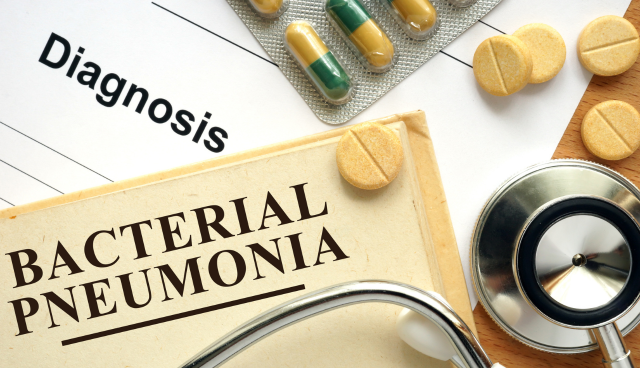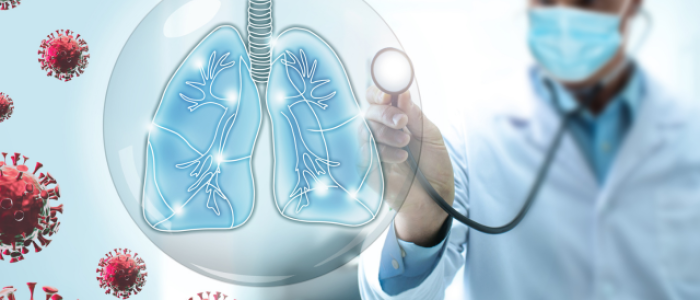
When to See a Doctor for Bacterial Pneumonia
What is Bacterial Pneumonia?
Recognizing the Symptoms of Bacterial Pneumonia
Knowing the typical symptoms of bacterial pneumonia can help you identify when it’s important to see a doctor promptly. Symptoms usually start about 1-3 days after initial bacterial infection. Some key symptoms include:
- Chest pain with breathing or coughing
- Constant cough producing green, yellow, or blood-tinged mucus
- Fever, sweating, and chills
- Shortness of breath or rapid, shallow breathing
- Fatigue and loss of appetite
- Confusion, especially in elderly patients
In babies and younger children, symptoms may also include vomiting, fussiness, and lack of interest in feeding.
Consulting a Doctor for Diagnosis and Treatment
If you suspect you may have bacterial pneumonia based on your symptoms, it’s essential to see a doctor, preferably as soon as symptoms start. Here’s why prompt medical care is crucial:
- A doctor can do tests to confirm if pneumonia is present and determine whether the cause is bacterial. Chest x-rays and sputum cultures are typically used for diagnosis.
- Finding out the specific bacterial cause guides what antibiotic treatment is prescribed. Effective antibiotics are key for treating the infection.
- Bacterial pneumonia can lead to complications like lung abscesses, sepsis, respiratory failure, or spread of infection without proper treatment. Early antibiotics reduce these risks.
- Hospitalization may be required in serious cases to provide oxygen therapy or other supportive care. Your doctor will determine if you need hospital treatment.
Don’t try to self-diagnose or self-treat pneumonia at home. Seeking timely medical evaluation and following your doctor’s treatment plan is vital for proper care.
Types of Bacterial Pneumonia
- Streptococcal pneumonia:Caused by Streptococcus pneumoniae bacteria. The most common type in adults.
- Mycoplasma pneumonia:Caused by Mycoplasma pneumoniae. More common in younger adults and children.
- Chlamydophila pneumonia:Caused by Chlamydophila pneumoniae. Milder type treated with antibiotics and rest.
- Legionnaires’ disease: Caused by Legionella bacteria. Can be severe and require hospitalization. Linked to water sources like hot tubs.
- Pneumococcal pneumonia: Caused by Streptococcus pneumonia bacteria when it spreads to the bloodstream. Can cause life-threatening sepsis.

Identifying the specific bacterial cause is key for targeted antibiotic treatment.
Treatment Options for Bacterial Pneumonia
Treatment for bacterial pneumonia typically involves:
- Antibiotics: Prescribed based on type of bacteria, often for 7-14 days or more. Commonly used antibiotics include amoxicillin, doxycycline, azithromycin, clarithromycin.
- Cough medicine/fever reducers: For symptom relief. Over-the-counter medicines or prescription codeine cough syrup may be recommended.
- Oxygen therapy: If oxygen levels are very low, oxygen delivered through nasal cannula or mask may be needed.
- Hospitalisation: For serious cases needing intravenous antibiotics, fluids, and monitoring. ICU admission may be required if pneumonia is life-threatening.
- Lifestyle measures: Rest, fluids, analgesics for chest pain. Avoid smoke, air pollution during recovery.
